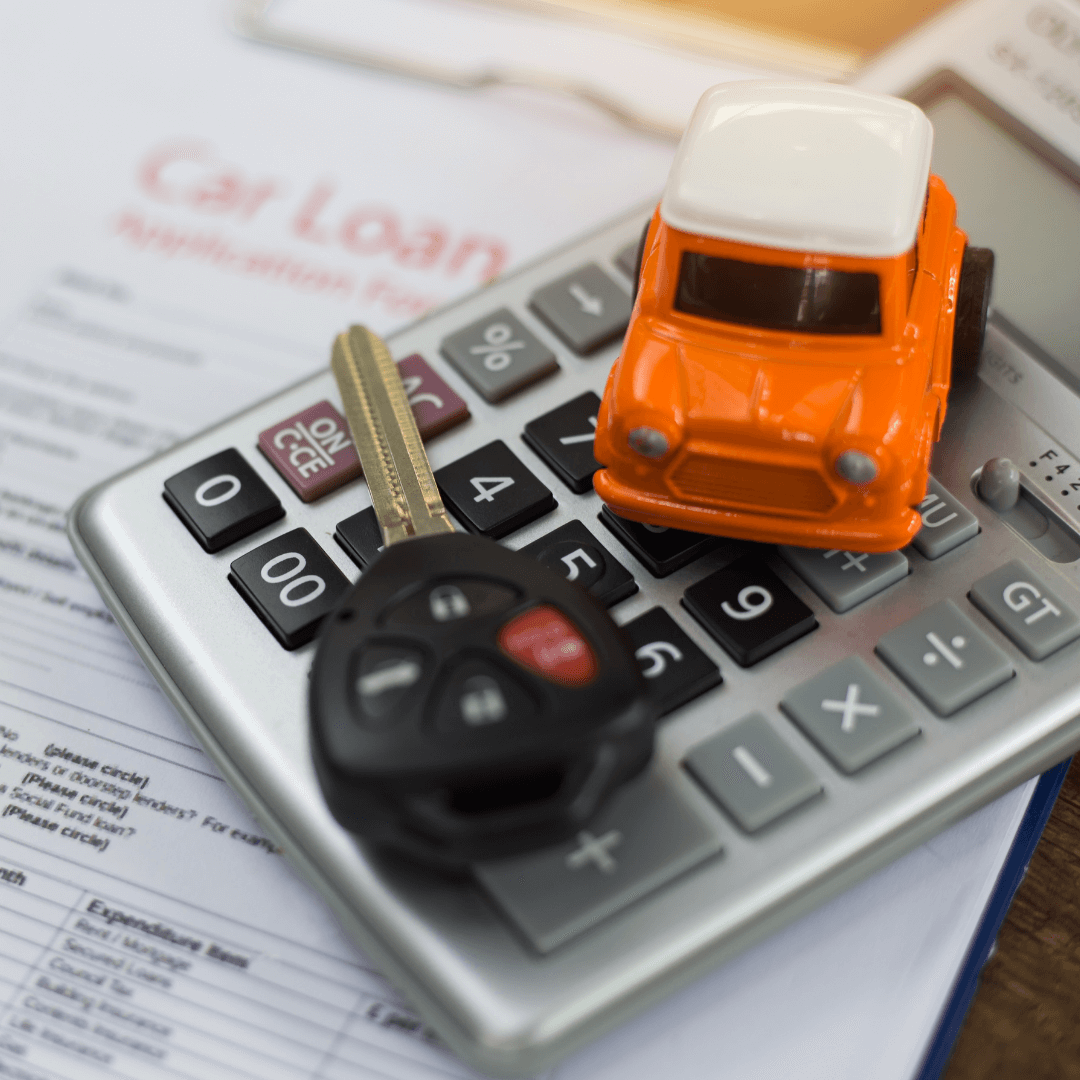Introduction
SUVs have become increasingly popular in recent years, offering a blend of practicality, comfort, and often, a sense of safety. While SUVs generally provide more space and a higher driving position than sedans, it's crucial to remember that safety should always be a top priority when choosing a vehicle. Modern SUVs are equipped with a wide array of safety features designed to protect you and your passengers in the event of an accident. Understanding these features and knowing what to look for can help you make an informed decision when purchasing your next SUV.
This guide will delve into some of the most important safety features to consider when shopping for an SUV. We'll explore both standard and optional features, providing insights into their functionality and how they can enhance your safety on the road.

Advanced Driver-Assistance Systems (ADAS)
ADAS features are becoming increasingly common in modern vehicles, and SUVs are no exception. These systems use sensors, cameras, and software to assist drivers in various situations, potentially preventing accidents or mitigating their severity. Here are some key ADAS features to look for:
- Automatic Emergency Braking (AEB): This system uses sensors to detect potential collisions and automatically applies the brakes if the driver doesn't react in time.
- Lane Departure Warning (LDW): LDW alerts the driver if the vehicle drifts out of its lane without signaling. Some systems also include Lane Keeping Assist (LKA), which can gently steer the vehicle back into its lane.
- Adaptive Cruise Control (ACC): ACC allows the vehicle to maintain a set distance from the car in front, automatically adjusting speed to maintain that distance. Some systems also include Stop & Go functionality, allowing the vehicle to come to a complete stop and then resume driving when traffic starts moving again.
- Blind Spot Monitoring (BSM): BSM uses sensors to detect vehicles in the driver's blind spots and alerts the driver with a visual or audible warning. Some systems also include Rear Cross Traffic Alert (RCTA), which warns the driver of approaching traffic when reversing.
Passive Safety Features
While ADAS systems are designed to prevent accidents, passive safety features are designed to protect occupants in the event of a collision. These features are often standard in modern SUVs and include:
- Airbags: Airbags are designed to cushion occupants in a crash, reducing the risk of serious injuries. Most SUVs come equipped with multiple airbags, including frontal, side, and curtain airbags.
- Anti-lock Braking System (ABS): ABS prevents the wheels from locking up during braking, allowing the driver to maintain steering control.
- Electronic Stability Control (ESC): ESC helps prevent the vehicle from skidding or losing control, especially during sharp turns or slippery conditions.
- Seatbelts: Seatbelts are essential for occupant safety and should always be worn. Modern SUVs often include features like pretensioners, which automatically tighten the seatbelts in a crash, and load limiters, which adjust the belt's tension to minimize injury.
Additional Safety Considerations
Beyond the standard safety features, there are other factors to consider when choosing an SUV:
- Vehicle Size and Weight: Larger and heavier SUVs generally offer more protection in a crash, but they can also be more difficult to maneuver.
- Roof Strength: A strong roof is crucial for protecting occupants in a rollover accident. Look for SUVs with a high roof strength rating.
- Child Safety Features: If you have children, consider features like LATCH (Lower Anchors and Tethers for Children) systems for secure car seat installation and rear-seat entertainment systems to keep children occupied during long drives.
Conclusion
Choosing an SUV with the right safety features is crucial for protecting yourself and your passengers. By understanding the various safety technologies available and considering your individual needs, you can make an informed decision and choose an SUV that provides the highest level of safety. Remember, safety should always be a top priority when purchasing a vehicle.




